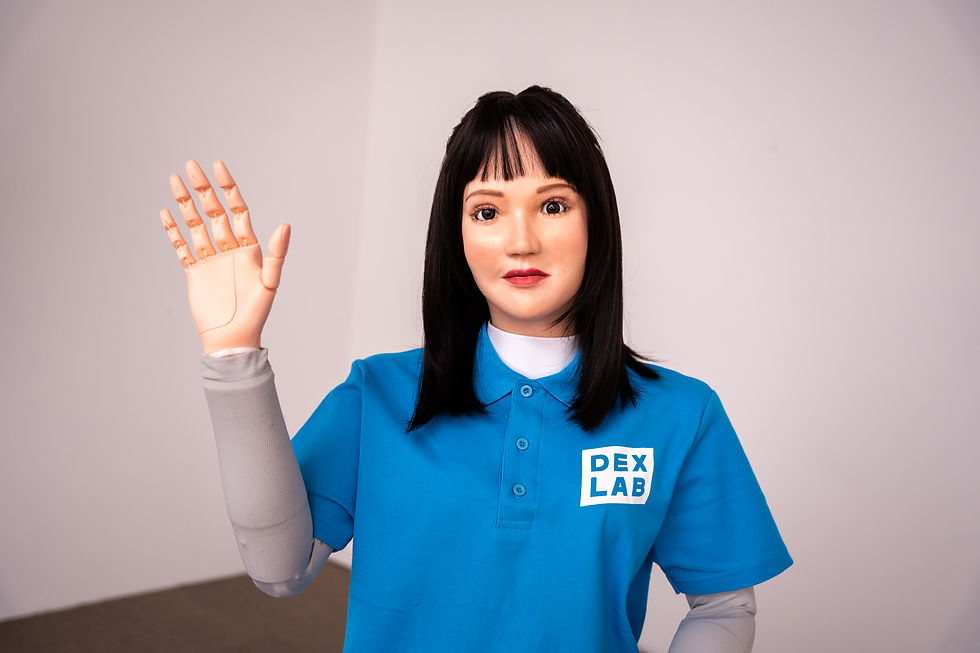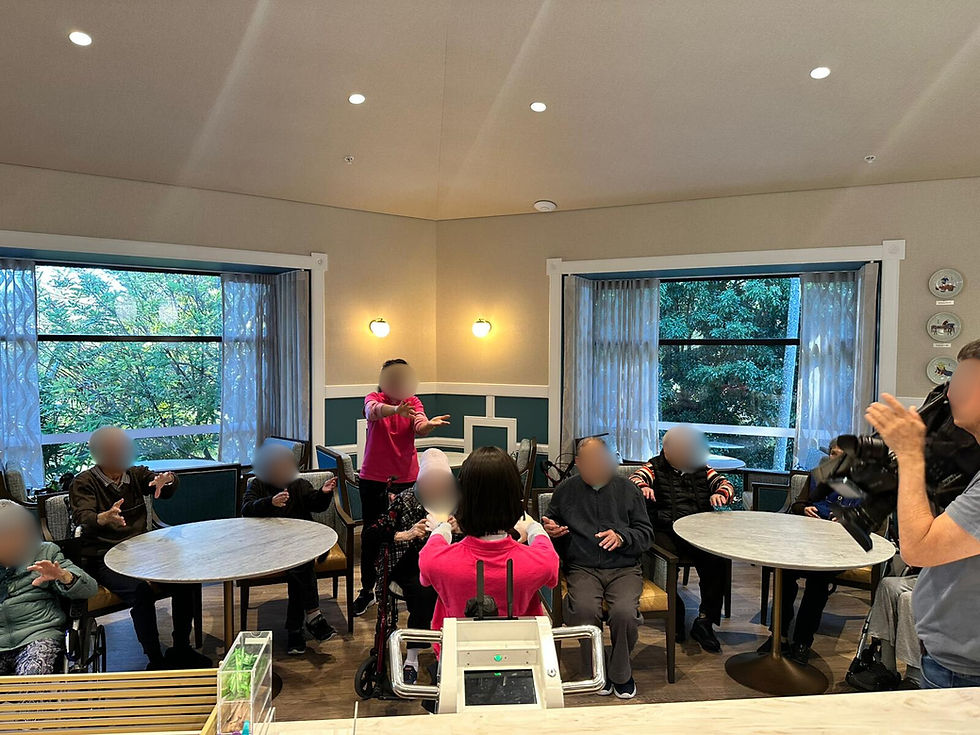What’s Next for Social Robots? The Future of Human-Robot Relationships
- Benjamin Lee
- Nov 29, 2023
- 3 min read

The field of social robotics, once a figment of science fiction, is now a vivid reality thanks to groundbreaking technological advancements. These innovations are not just enhancing social robots' functionalities but fundamentally transforming how they interact and integrate into our daily lives.
From sophisticated natural language processing and advanced sensor technologies to the integration of 5G and IoT, each technological leap brings us closer to a future where social robots are an intrinsic part of the human experience.
In this article, we delve into the key advancements driving this evolution and explore how they shape the future of social robotics.
Technological Advancements in Social Robotics
Social robotics is rapidly evolving, driven by significant technological advancements. These innovations are set to transform the capabilities of social robots, making them more interactive, intelligent, and integrated into human lives. Here are three critical technological advancements and their impacts on social robotics:
1. Advances in Natural Language Processing (NLP)
Integrating advanced Artificial Intelligence (AI) and Machine Learning (ML) enables robots to comprehend and interact with humans with greater sophistication. This development is crucial to enhancing intelligent, nuanced interactions in the evolving landscape of human-robot relationships.

2. Sophisticated Sensor Technology in Social Robotics
Advancements in sensor technology are significantly enhancing the capabilities of social robots, enabling them to interact more effectively with their environment and humans. These developments ensure safety, improve perception, and facilitate more natural interactions.

3. 5G Connectivity and Internet of Things (IoT) Integration in Social Robotics
The rollout of 5G and the expanding integration of the Internet of Things (IoT) are set to revolutionize social robotics. This advancement facilitates faster, more reliable connectivity and enhances the robots' ability to interact with other devices and systems in real time, leading to smoother operations and broader functionalities.

Emerging Types of Social Robots
Technological advancements allow social robots to integrate seamlessly into daily life — from offering personalized educational support to enhancing healthcare services and emotional companionship. Let's delve deeper into how specific types of social robots are becoming increasingly integral in their respective domains.
Emotional Support Robots
Advances in AI-driven emotional intelligence enable these robots to detect and respond to human emotions more accurately, making them invaluable companions. They offer personalized interactions, adapting to the moods and needs of individuals, which is particularly beneficial for those dealing with loneliness, stress, or mental health issues. This personal touch makes emotional support robots increasingly popular in homes and therapeutic settings.
Advanced Therapy Robots
Improvements in sensor technology and machine learning allow therapy robots to assist with more precise and effective treatments. These robots can adapt therapies to individual patient needs, monitor progress in real-time, and provide consistent support, making them essential in physical rehabilitation, cognitive therapy, and elderly care. Their ability to enhance patient outcomes drives their growing adoption in healthcare facilities.
Educational Assistant Robots
Enhanced NLP and adaptive learning algorithms enable these robots to provide more personalized and interactive learning experiences. They can cater to different learning styles, assist with language learning, and offer educational content more engagingly.
This adaptability and interactivity make educational assistant robots increasingly popular in schools, special education, and home tutoring environments.
Customer Service Robots in Corporate and Professional Environments
The fusion of AI, enhanced NLP, and machine learning is also revolutionizing customer service in corporate and professional settings. Social robots equipped with these technologies can interact with customers efficiently, handle inquiries, and provide information or assistance in a timely and engaging manner.
Their ability to process natural language allows for more human-like interactions, making them well-suited for front-desk assistance, information kiosks, and even in resolving fundamental customer service issues.
The precision and consistency they bring to customer interactions make them increasingly prevalent in various business sectors, from retail to hospitality, improving customer experience while streamlining service operations.
Dex Labs: Paving the Way for Elderly Care
Advances in NLP, sensor technology, and 5G/IoT integration are not just technical upgrades; they represent a paradigm shift in how we interact with machines, imbuing them with a level of intelligence and responsiveness that was once unimaginable.
As we witness the emergence of emotional support robots, advanced therapy robots, educational assistants, and customer service robots, it's clear that the line between human and machine is becoming increasingly blurred.
These advancements in social robotics are a testament to human innovation and a call to action for us to rethink our relationship with technology. Dex Labs offers a wealth of resources and insights for those intrigued by the endless possibilities of social robotics and eager to stay abreast of the latest developments in this fascinating field.



Comments